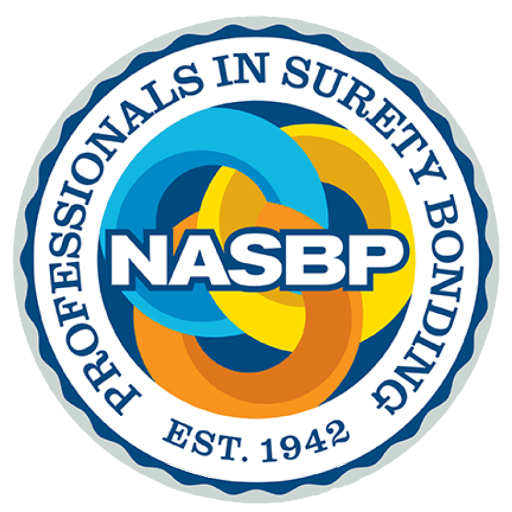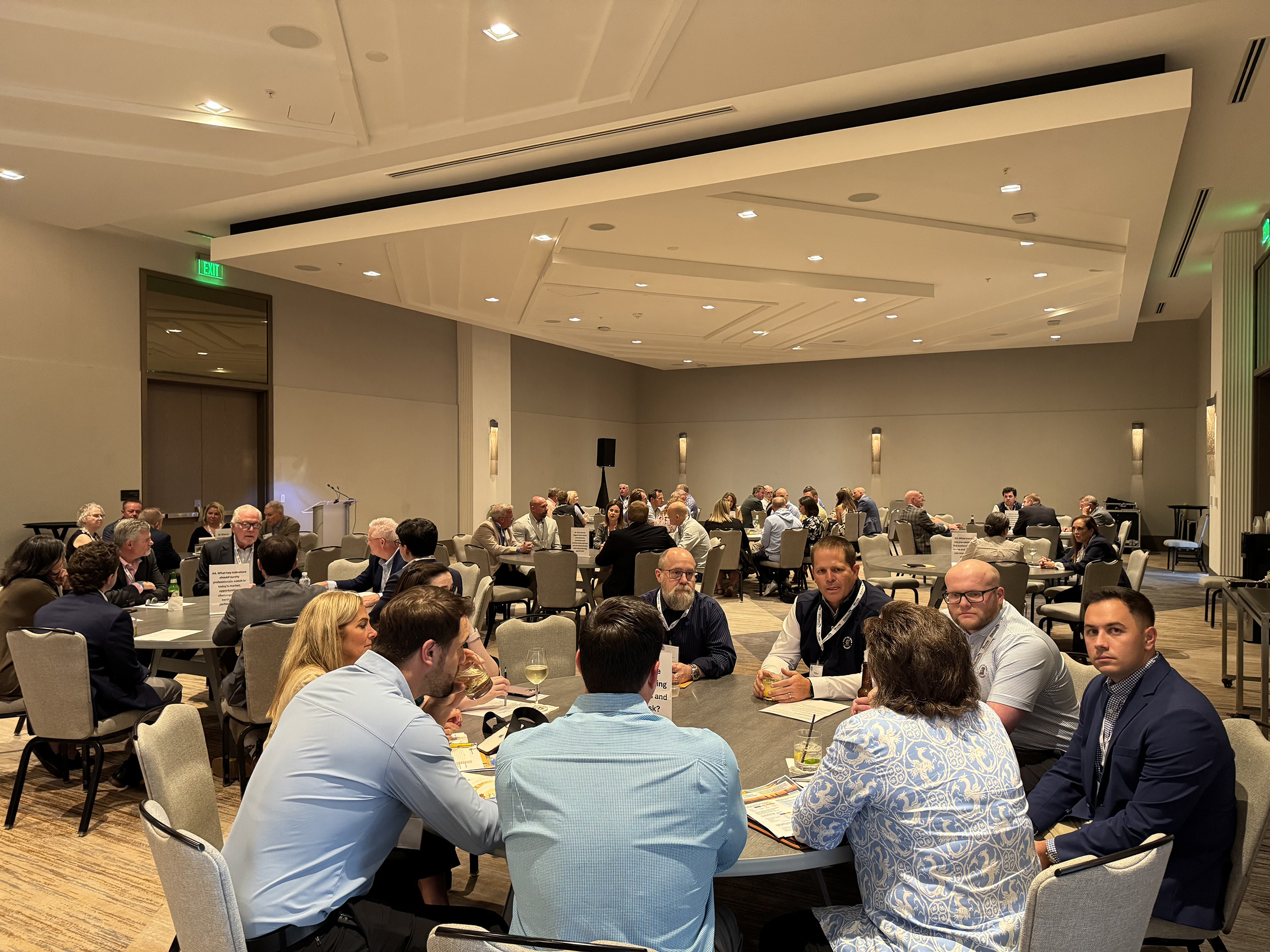
Federal Government Offers Contractors Many Opportunities on Green and Sustainable Building Projects
As the downturn in the economy and the concomitant credit crisis has significantly shrunk the list of available state and local public works projects and the number of private works projects, contractors should now look hard at federal public works projects. The federal government has signaled its commitment to green building and sustainability by a number of initiatives that it has enacted in the past several years and that it is in the process of enacting now. Accordingly, most contractors and subcontractors that seek to thrive in today’s market should seek their opportunities in federal work, which generally means green and sustainable building projects. And bond producers should encourage their contractors and subcontractors to engage in the world of green and sustainable building, with knowledge, understanding, and prudence.
As the downturn in the economy and the concomitant credit crisis has significantly shrunk the list of available state and local public works projects and the number of private works projects, contractors should now look hard at federal public works projects. The federal government has signaled its commitment to green building and sustainability by a number of initiatives that it has enacted in the past several years and that it is in the process of enacting now. Accordingly, most contractors and subcontractors that seek to thrive in today’s market should seek their opportunities in federal work, which generally means green and sustainable building projects. And bond producers should encourage their contractors and subcontractors to engage in the world of green and sustainable building, with knowledge, understanding, and prudence.
The American Recovery and Reinvestment Act of 2009 Provides Funds For Many Federal Green Building Projects
The federal government has not just given lip-service to the green building movement. The Obama Administration signaled its commitment to green building by including billions of dollars for green initiatives in the American Recovery and Reinvestment Act of 2009 (ARRA), signed into law on February 17, 2009. The $787 billion stimulus package provides, among other things, billions of dollars from the federal government for the green building industry. Below is a summary of some, and only some, of the significant green building funding initiatives included in the stimulus package:
- Federal Buildings: The ARRA provides $4.5 billion to the U.S. General Services Administration (GSA) to convert GSA facilities to “high-performance green buildings,” to make federal buildings more energy efficient.
- Department of Defense: The stimulus package provides that a portion of the $4.2 billion in funds to modernize Department of Defense (DOD) facilities will fund green building-related improvements.
- Green Schools: The stimulus package include a $53.6 billion State Fiscal Stabilization Fund, to be administered by the Department of Education, which will provide, among other things, funds to governors to use in providing state funding to school districts. A portion of this fund will be available for use to renovate and repair schools consistent with a recognized green building rating system.
- State Energy Programs: The ARRA provides $3.1 billion to states to fund efficiency and renewable energy projects to encourage states to increase building energy conservation.
- The ARRA also requires states to update building codes to increase the minimum required energy efficiency standards (ASHRAE) to ensure energy efficient standards throughout the United States.
The DOE Proposes New Energy Efficiency and Sustainable Design Standards for Federal Buildings
In a major initiative, the U.S. Department of Energy (DOE) recently proposed new energy efficiency and sustainable design standards for new federal buildings and federal buildings with major renovations. The newly proposed rule was published in the Federal Register on May 28, 2010. Please click here to read the proposed rule.
The proposed rule is intended to implement provisions of the Energy Conservation and Production Act, as amended by the Energy Policy Act of 2005 and the Energy Independence and Security Act of 2007, which require the DOE to establish revised performance standards for the construction of new federal buildings and major renovations of federal buildings. The proposed rule specifically addresses the use of sustainable design principles for siting, design, and construction, and the use of water conservation technologies and solar water heating. The proposed rule also provides criteria for identifying a certification system and level for rating green buildings.
The DOE notes in the proposed rule that it is required to review and revise energy efficiency requirements for federal buildings as the voluntary industry codes (such as ASHRAE Standard 90.1 and the International Code Council International Energy Conservation Code) are updated. The DOE will address this and other energy efficiency standards in separate rulemakings.
The DOE has previously addressed energy efficiency in new federal buildings in a final rule published on December 21, 2007 (72 Fed. Reg. 72565). That rule mandated that new federal buildings must be designed to achieve certain specified minimum energy consumption levels, if life-cycle cost-effective.
The newly proposed rule would apply to new federal buildings and major renovations to federal buildings, such as office buildings, post offices, courthouses, border inspection facilities, record centers, and similar facilities throughout the country. “Major renovations” are defined in the proposed rule as changes to a building that provide significant opportunities for substantial improvement in the sustainable design elements covered in this rule, including energy efficiency. DOE also included in the definition of “major renovation” the statement that any renovation that exceeds 25 percent of the replacement value of the building would be considered a major renovation.
The proposed rule would require 30 percent of hot water demand in new federal buildings or federal buildings undergoing major renovations to be met by solar water heaters, if life-cycle cost-effective. This would include all the water usage in the building, including hot water used for restrooms, janitorial closets, food handling facilities, and laundry facilities. Agencies would calculate the total hot water load for the building and then determine if it is life-cycle cost-effective to use solar hot water systems to meet 30 percent of the annual demand.
The proposed rule incorporates the requirements of the Guiding Principles originally adopted in the Federal Leadership in High Performance and Sustainable Building Memorandum of Understanding signed by most federal agencies. Those guiding principles are aimed at helping federal agencies and organizations to (1) reduce the total ownership cost of facilities; (2) improve energy efficiency and water conservation; (3) provide safe, healthy, and productive building environments; and (4) promote sustainable environmental stewardship.
Under Executive Order 13514, “Federal Leadership in Environmental, Energy and Economic Performance” (October 5, 2009), federal agencies are already required to ensure that new construction and major renovations of agency buildings comply with the Guiding Principles. The Guiding Principles do not address the issue of site selection. As a result, provisions related to site selection have been added to the proposal.
The DOE states in the proposal that it is aware that several voluntary industry standards that address sustainable design are currently developed or under development, specifically:
- ASHRAE 189.1P—Standard for the Design of High-Performance, Green Buildings Except Low-Rise Residential Buildings;
- The International Green Construction Code (IGCC) under development by the International Code Council (ICC); and
- The National Green Building Standard for residential buildings jointly developed by the National Association of Home Builders and the ICC.
The DOE may consider incorporating some or all of the provisions of these voluntary industry standards to the extent that these standards are finalized prior to the issuance of a final rule under this rulemaking. The IGCC is scheduled to be published in 2012.
The major sustainable design elements of the proposed rule are as follows:
- Integrate design principles;
- Optimize energy performance;
- Protect and conserve water;
- Enhance indoor environmental quality;
- Reduce environmental impact of materials; and
- Optimize building siting.
The DOE states in the proposed rule that it recognizes that there are various green building rating systems currently available and that additional systems may be developed. DOE observes that the GSA and the DOD have identified the U.S. Green Building Council’s Leadership in Energy and Environmental Design (LEED) rating system as the preferred rating system and have identified LEED Silver as the minimum level to be achieved. GSA informed DOE in a letter dated April 25, 2008, that, in determining that LEED was the preferred rating system, it evaluated the following five rating systems:
- Building Research Establishment’s Environmental Assessment Method (BREEAM);
- Comprehensive Assessment System for Building Environmental Efficiency (CASBEE);
- BGTool;
- Green Globes U.S.; and
- Leadership in Energy and Environmental Design.
As part of the green rating of federal buildings, DOE is considering the development of requirements to apply the continued certification of a building as a certified green building. The federal agency would be required to demonstrate, at a minimum, in the first year of a building’s green building certification that the energy use of the certified green building is consistent with the energy use targets indentified under the green building certification program.
DOE has proposed criteria for agencies to identify green rating systems in order to green rate a building. Under the proposed regulations, if an agency were to choose to green rate a building, the green rating system must perform as follows:
- Enable assessors and auditors to independently verify the criteria and measurement metrics of the system;
- Be developed by a certification organization that
a. Provides an opportunity for public comment on the system; and
b. Provides an opportunity for development and revision of the system through a consensus-based process; and - Be nationally recognized within the building industry.
In addition, DOE is considering the requirement that green rating systems used by federal agencies have two additional characteristics:
- Are subject to periodic evaluation and assessment of the environmental and energy benefits that result under the rating system; and
- Include a verification system for post-occupancy assessment of the rated building to periodically demonstrate continued environmental benefits and energy savings.
The DOE wants to give the agencies the flexibility to choose the green building rating system that best fits their needs, as long as the system meets the criteria set forth in this rulemaking.
Public comments on this proposed rule were accepted until August 12, 2010; and a public meeting on the proposed rule was held on July 28, 2010. It is unclear when the final rule will be published it the Federal Register.
Conclusion
What is clear is that the federal government and state and local governments have jump started the growth of green and sustainable building by implementing various green mandates and incentives. And while much state and local public work and private work has slowed dramatically, the federal government has committed significant funds to green and sustainable building. Accordingly, a savvy contractor or subcontractor will look for opportunities in federal projects and those state projects funded by federal funds—and those projects are highly likely to be green projects.
A keen knowledge and understanding of green and sustainable building and the risks inherent in it, and the ability to manage those risks, will provide a contractor or subcontractor some of the necessary tools to thrive both in today’s tough building market and in future, more robust building markets. Bond producers have a real opportunity to educate their contractors and subcontractors about the various public works green projects available and the critical importance that those builders “go green.”
Martha L. Perkins, Esq. is a Partner in the Washington, DC office of Whiteford, Taylor & Preston, LLP. She can be reached at mperkins@wtplaw.com.
These materials are provided to NASBP members, affiliates, and associates solely for educational and informational purposes. They are not to be considered the rendering of legal advice in specific cases or to create a lawyer-client relationship. Readers are responsible for obtaining legal advice from their own counsels, and should not act upon any information contained in these materials without such advice.
Get Important Surety Industry News & Info
Keep up with the latest industry news and NASBP programs, events, and activities by subscribing to NASBP SmartBrief.




